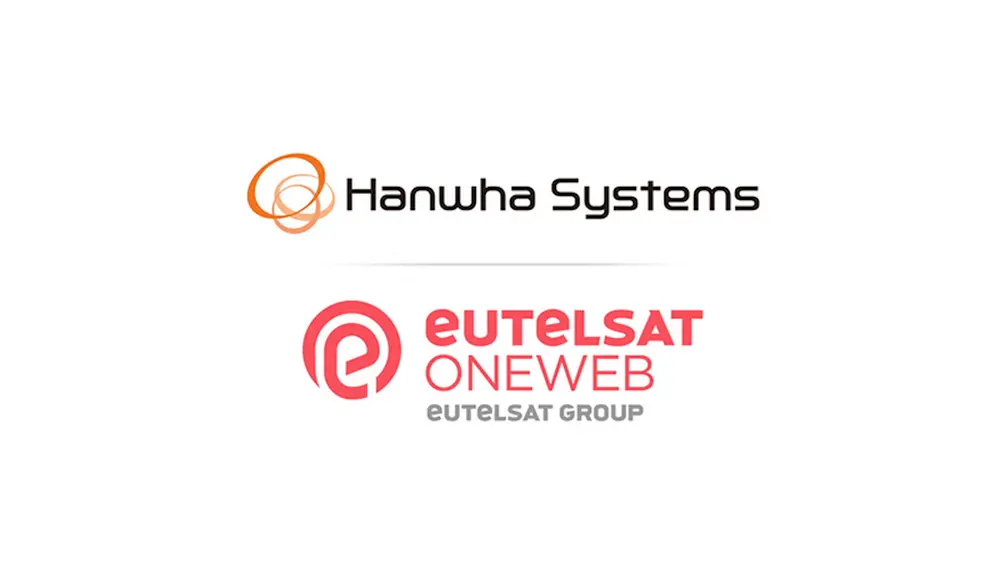Aug 31, 2018
Facebook recently announced that they were shutting down production of their HAPS (High Altitude Platform Stations or High-Altitude Pseudo Satellite) program. These aeronautical vehicles or drones are intended to be positioned in place at about 20 km (65,000 ft.) of altitude for long durations. The idea is to communicate via high speed point-to-point wireless circuit with an earth station somewhere in the vicinity, and to beam internet and cellphone services to those below the target area, or to capture imaging.
HAPS platforms enable a variety of applications including telecommunications for first responders, public safety communications, intelligent transport systems, environmental monitoring, maritime surveillance, and more. A remote community stuck in a valley between high mountains has no access to satellites above the equator, but a HAPs stationed overhead, can deliver services to those below. Two significant advantages of HAPS are reduced latency due to operating much closer to Earth than satellites, and much better imagery, when used for monitoring and surveillance. HAPS are also significantly less expensive than satellites.
Zephyr S
While Facebook is throwing in the towel, Airbus is not. Airbus, a European corporation with international sales of commercial and military, air and space technology and products, has opened a production line for the Zephyr S, a high-altitude, autonomous drone. With a wingspan of 25 meters (82 ft.), the drone is designed to operate above the clouds, jet stream, ozone layer and commercial air traffic. The drone weighs 75 kg and is expected to carry a payload weighing up to 375 kg (827 lbs.). Airbus is designing the Zephyr to fly for up to100 days without landing. To date, it has gone 14 days. To get into position, or to follow a moving target that requires service, Zephyr will fly up to 1,000 nautical miles per day.
Zephyr S, designed to fill the capability gap between satellites and UAVs (unmanned aerial vehicle), is touted by Airbus as a solution that will revolutionize global defense, humanitarian and environmental missions. Zephyr runs exclusively on solar power, harnessing the sun’s rays. It is the first of its kind to fly in the stratosphere, and the first to go into production. Zephyr S will fly from Airbus’ Wyndham airfield in Western Australia, which should be operational in September 2018.
A larger Zephyr T is in development and will feature a larger wingspan and ability to carry greater payloads.

Making the Case
Airbus claims that the platform is proven. While it is expected to remain in the air for months, it currently holds the world record for a UAV at 14 days of solar powered flight. The prototype has flown safely for 900 hours and has proven the viability of using solar power for extended flights.
The low vibration and structural load support enables a range of lightweight payloads supporting communication or high-resolution imaging. Zephyr can be landed, and re-equipped with a different, or upgraded payload and sent back into operation, quickly.
It has taken some time to get to production. The vision began over a decade ago, but it took time for the technology to deliver the solar power and battery solutions necessary to make the Zephyr feasible. That development has advanced, and the time has come for production. We will be looking forward to seeing these HAPS deployed and learning about their real applications and capabilities.





